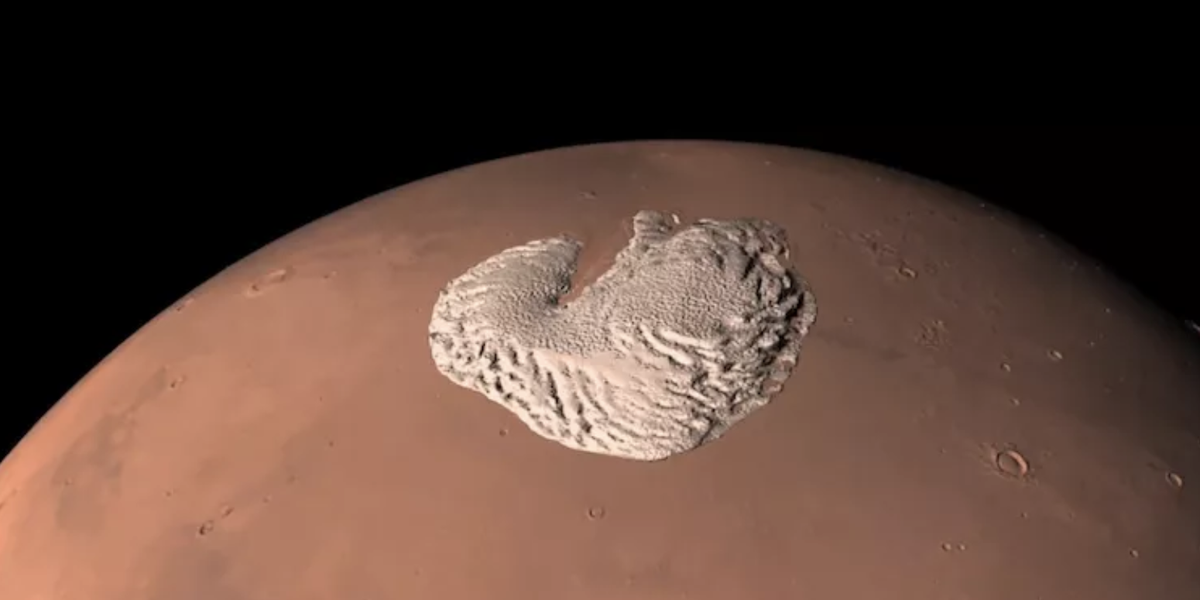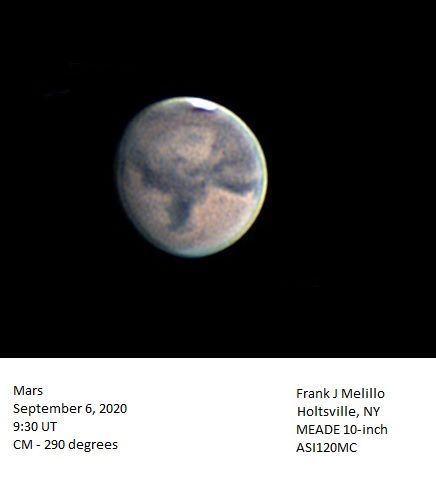Many things are taking place:
The way forward to Mars

Washington [US], October 1 (ANI): The path that ExoMars 2022 will follow to reach the Red Planet is set. The trajectory that will take the spacecraft from Earth to Mars in 264 days foresees a touchdown on the Martian surface on 10 June 2023, at around 17:30 CEST (15:30 UTC).
The weather at Mars, the type of launcher and the laws of physics governing the planets determined a 12-day launch window starting on 20 September 2022.
Efficient orbital transfers, good communications and no large dust storms on the Martian horizon make the chosen trajectory the fastest and safest choice.
Is There Water on Mars? - Scientists Find Water Bodies on Mars

In 2018, planetary scientist Roberto Orosei and his colleagues stirred up a multi-planetary controversy when they claimed they'd found evidence of a subglacial lake nearly a mile below ice at Mars's south pole. At the time, fellow planetary scientists met the claims with intense scrutiny.
* * *
Scientists believe Mars was covered in a vast network of liquid water seas roughly 4 billion years ago. Now, the planet is a dusty, desolate wasteland. But some of that water is still on Mars's surface in the form of ice tucked along steep crater walls at the planet's poles. Because the surface of Mars is so cold—and because atmospheric pressure is so low—liquid water can't exist on its surface.
October Sky sights: Wallops launch, full moons, Mars and meteors | WTOP

NASA’s Wallops Flight Facility is scheduled to launch a rocket Thursday night that should be visible to the DMV as it climbs into the night sky.
The facility hopes to launch the 14th Northrop Grumman resupply mission to the International Space Station at 9:38 p.m. EDT, which will mean dark skies to look for the rocket. The Cygnus cargo ship (spacecraft) is the SS Kalpana Chawla .
Depending on where you are in the DMV, you might be able watch the rocket ascending into the sky with your own eyes. The visibility map for our area covers quite a bit of territory.
Other things to check out:
Sols 2897-2898: Marker Bed in Focus – NASA's Mars Exploration Program

A “marker bed” is an important concept in sedimentary geology. It is a bed of rock strata that are easily distinguished and are traceable over a long horizontal distance. A marker bed is very useful in determining the chronological order of geological events and correlating them from one location to another.
Nearly a month ago the team started taking RMI images to study the stratigraphy of some sedimentary benches about 100-200 meters from the rover’s current location. The pointing was a little high on the first set of images and ChemCam’s telescope, which is programmed to focus automatically on whatever is at the center of the image, ended up focusing on the marker bed in the background several kilometers away.
NASA's New Mars Rover Is Ready for Space Lasers – NASA's Mars Exploration Program

Perseverance's Laser Retroreflector (Illustration) : Visible both in the inset photograph on the upper left and near the center of NASA's Perseverance Mars rover in this illustration is the palm-size dome called the Laser Retroreflector Array (LaRA). In the distant future, laser-equipped Mars orbiters could use such a reflector for scientific studies. Credit: NASA/JPL-Caltech. Full image and caption ›
Perseverance is one of a few Mars spacecraft carrying laser retroreflectors. The devices could provide new science and safer Mars landings in the future.
You don't want to miss Mars shining bright this fall | Space

Mars is lighting up the night sky as the planet heads toward an unusually close approach to Earth on Oct. 6.
If you look low in the eastern sky on any clear evening this week, soon after darkness falls, you'll see a fiery, pumpkin-hued "star" blazing brilliantly. Despite the " Red Planet " moniker, the weeks surrounding Mars' close approach are a perfect time to appreciate the planet's true hue, a yellowish orange, the color of a dry desert under a high sun — which is exactly what you're looking at.
300,000 Young People Explore STEM Through A "Mission to Mars" In the 2020 4-H STEM
CHEVY CHASE, Md. , Oct. 1, 2020 /PRNewswire/ -- Throughout the month of October, youth from across the country will apply their knowledge, creativity, and innovation in learning about STEM topics during the 13 th annual 4-H STEM Challenge. Formerly known as 4-H National Youth Science Day, this year's STEM Challenge, Mars Base Camp , will explore the theme of sending humans on a mission to Mars.
With this year's launch of the NASA Perseverance Rover to Mars, the 4-H STEM Challenge will encourage young people to take an interest in STEM through fundamental concepts in space exploration and beyond. The National 4-H Council and Virginia Cooperative Extension, with support from Google, designed four unique hands-on activities to get kids and teens to explore computer science, space agriculture, and more.
Happening on Twitter
NASA's Mars Perseverance Rover is outfitted with special laser retroreflectors. The devices could provide new scien… https://t.co/0AgqzmfAFZ NASA_SLS (from Huntsville, AL) Wed Sep 30 14:00:02 +0000 2020
⚡ ZAP⚡ @NASAPersevere is ready for space lasers! Perseverance is one of a few Mars spacecraft carrying palm-size… https://t.co/Ubz28OcnOU NASA Mon Sep 28 21:59:49 +0000 2020
Reflecting on the future: @NASAPersevere is one of a few Mars spacecraft carrying laser retroreflectors. In the fut… https://t.co/gToQYR08tt NASAMars (from Fourth Planet From the Sun) Mon Sep 28 16:30:38 +0000 2020
No comments:
Post a Comment